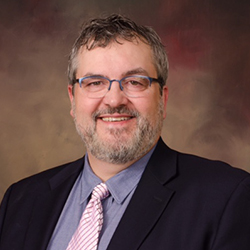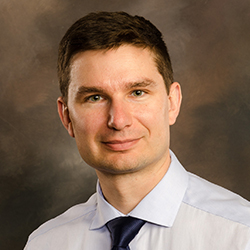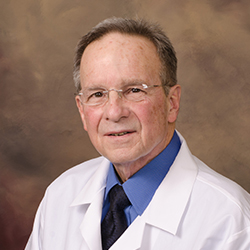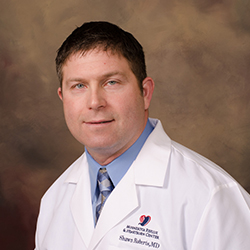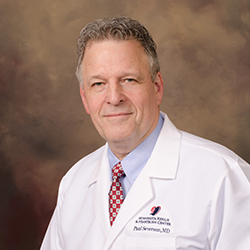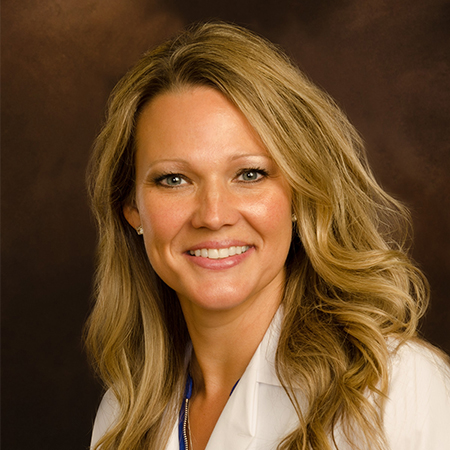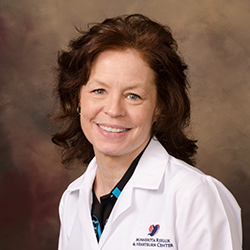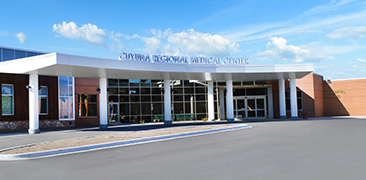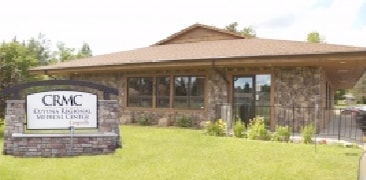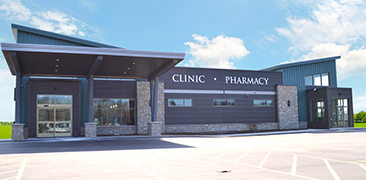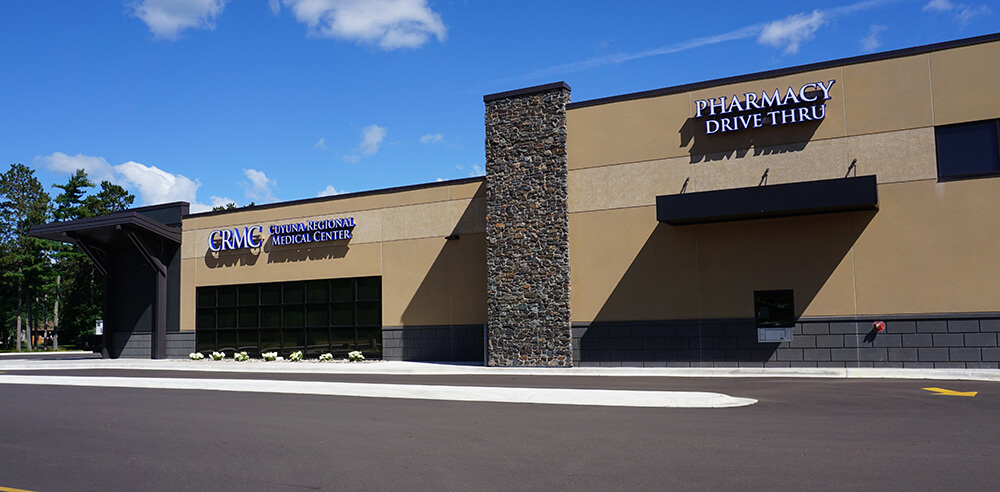Solutions for Reflux & Heartburn
The Minnesota Reflux and Heartburn Center is a comprehensive, patient-centered initiative focused on providing a solution of testing and therapies for any and all patients with gastroesophageal reflux disease (GERD), heartburn, and esophageal symptoms.
The Center provides smooth access to comprehensive treatment of GERD as a service to patients and referring physicians. Various physician specialists treat advanced GERD on the same team with the goal of clinical excellence delivered in a manner that produces outstanding patient satisfaction.
All options of testing and treatment are available to patients. Patient education and participation in treatment decisions is paramount and the process is streamlined by eliminating long waits between appointments. Patients have a designated expert contact readily available and all physicians involved in the treatment communicate together and supply unified care.
Center specialists are available for patient appointments at Cuyuna Regional Medical Center’s Crosby and Breezy Point locations. Patients may be referred by their primary care physician or seek more information by contacting the Minnesota Reflux and Heartburn Center’s specially trained Nurse Coordinator Lea Carlson, R.N., at 218-546-4323.
Gastroesophageal Reflux Disease (GERD) can cause a wide array of symptoms and each person’s experience can be very different. Initial evaluation begins with the team reviewing personal and family health history while exploring the ways acid reflux is impacting our patient’s quality of life. Every effort is made to provide complete information on the anatomy of the esophagus and stomach, comparing normal function with the manifestations of lower esophageal sphincter (LES) failure and the correlation of resulting symptoms that the patient is experiencing.
Clear discussions that explain the diagnostic testing assure patients are comfortable and well informed of the rationale for each procedure and how the results will be used in planning disease management.
Baseline diagnostic assessments include the best practice core technology of endoscopy, ambulatory ph, biopsy and manometry. Further detailed testing may be employed based on each patient’s individualized history and presenting symptoms.
Comprehensive Consultation with the GERD specialist will be coordinated following the assembly and evaluation of the diagnostic exams to review the outcomes and present the options available for reflux disease management. The team is dedicated to providing patients all the resources needed to make an informed, shared decision and support them throughout the process.
Endoscopy, Bravo Ph, Endomicroscopy, Manometry, Impedence Manometry, Restech, and Esophagram
Esophogastrodoudenoscopy (EGD) allows the reflux specialist to look at the tissue of the esophagus, stomach and first portion of the small intestine by advancing an illuminated thin flexible tube with a camera through the mouth. The physician can then evaluate and photograph the structure and appearance of the upper gastrointestinal system.
Optical Biopsy employs the use of a high powered fiber optic microscope introduced in coordination with upper endoscopy to view the tissue of the esophagus and stomach at the cellular level, much like viewing cells under a traditional microscope. Hundreds of meticulous photographs of cells can be examined for the presence of precancerous changes.
Tissue Biopsy refers to the collection tiny tissue samples from the esophagus that are gathered with upper endoscopy then sent to a lab specialist to examine under a microscope. This is an additional test to look for the presence of precancerous cells.
Ambulatory pH Monitoring is a 48 hour evaluation of the acid patterns throughout everyday activities. During endoscopy, a small transmitter capsule is attached to the lining of the esophagus with gentle suction. Signals are then sent to a small recording device that the patient keeps close over a two day period. Information from the device is downloaded into a specialized computer program to provide detailed graphs on acid reflux occurrence.
Manometry measures the effectiveness of the muscle movement in the esophagus that occurs with swallowing. Repetitive exposure to acid can cause difficulty in swallowing resulting in a feeling of blockage or lump in the throat. Manometry and ambulatory pH monitoring are evaluated in tandem to create an accurate picture of reflux patterns and damage.
Impedence pH Testing can be utilized for patients where ambulatory pH testing may be contraindicated. This is typically a 24 hour study that provides similar information regarding the acid patterns that occur during a typical patient day.
Oral-Pharyngeal Acid Monitoring can be utilized for the evaluation of non-typical reflux symptoms such as persistent cough, hoarseness, sore throat or nasal and ear congestion. This can be recommended in addition to ambulatory pH testing with a focus on determining the impact of reflux on the back of the throat, larynx (voice box) and sinuses.
Esophagram (Barium Swallow) is an exam completed in radiology where a contrast liquid is swallowed and the path of the contrast through the esophagus and stomach can be observed to determine the function of these organs; specifically the ability to move food or fluid through effectively.
- Lifestyle changes can help GERD symptoms
- Most patients require some sort of acid-reducing medications
- Many patients do not find acceptable relief with medications
The Center offers the most common, non-surgical treatment options for GERD.
The most simple and safest option is modification of a patient’s lifestyle. This is a great option for heartburn treatment. Many of our Center’s patients have more advanced disease where these modifications may not help. However, losing weight, eating small meals, not eating before bedtime, elevation the head of the bed and other changes can make a real difference in the severity of acid reflux symptoms. Our staff understands and works with patients on utilizing these changes.
However, most of our patients need something more. Usually, medications are initiated. Medications work by decreasing acid in the stomach thereby eliminating or improving reflux symptoms. Many of these medications are available over the counter. Unfortunately, these are often not taken correctly. The package insert and instructions regarding the consumption of these drugs for heartburn treatment are usually disregarded. There are specific instructions accompanying some of the most powerful medications not to take them for more than 14 days without seeing a physician. However, since symptoms are improved or resolved, patients continue to purchase and consume them. Many patients have symptoms that progress requiring escalation to prescription strength medicines.
These GERD treatment medications have a down side of which many patients are not informed. Even though symptoms improve, the reflux is not stopped or even reduced. Complications from GERD can still occur even though the reflux is no longer felt.
The most powerful of these medications are called Proton Pump Inhibitors (PPIs). This approach can provide acceptable relief for many GERD patients. There are short-term side effects such as headache, diarrhea and abdominal pain and over the long term they may increase the risk of hip fractures, cause low magnesium levels in the blood and increase the risk of pneumonias and a severe type of colon infection. It is easy to see why the proper supervision of a qualified physician is needed.
The Minnesota Heartburn & Reflux Treatment Center understands how to utilize these medications in a way that is safe and provides the best relief possible. In addition, before being placed on a medicine, with all of the inconveniences, cost and potential side effects, we make sure they are needed and work with our patients determining whether this medical therapy is best. These drugs are vastly overused and it is estimated that about 30 percent of patients taking PPIs do not actually have reflux and will require other treatment options. We offer the comprehensive testing to confirm the diagnosis of acid reflux and make sure these medications provide maximal benefit.
However, approximately 40 percent of patients do not find the relief they are seeking from these medications, are quite concerned and continue to suffer needlessly. They are not offered testing and other treatment options. In addition to utilizing these non-surgical methods appropriately, The Minnesota Heartburn & Reflux Center offers minimally invasive surgical options that many patients feel is the best option.
- Effective, minimally invasive and robotic surgical procedures are available
- Offering LINX Reflux Management System
- Surgery is an option for the long-term management of GERD
The Minnesota Heartburn & Reflux Center offers the best surgical solutions for GERD that are available. The most common reason these GERD treatments are chosen is failure of available medications to relieve acid reflux symptoms to a patient’s satisfaction. Other reasons may be the inconvenience and cost of taking daily medications, the desirability to actually stop the reflux (which medications cannot do) or drug side effects.
Laparoscopic Nissen Fundoplication
The “gold standard” to which all antireflux surgical procedures are compared is the laparoscopic Nissen fundoplication. Its effectiveness has been proven. The “Nissen” is performed under general anesthesia using a slender scope passed through several very small incisions. The Nissen works by restoring the function of the damaged valve that is the actual cause of acid reflux. This is done by wrapping part of the stomach very loosely around the lower esophagus at the location of the lower esophageal sphincter (LES).
The Reflux is stopped in 80-85 percent of patients eliminating the need for medications. The same percentage of patients are satisfied with the procedure after eight to 10 years and would have it again. There are some side effects with this procedure, which are discussed in detail with patients by the Minnesota Heartburn & Reflux Center staff.
Lower Esophageal Sphincter Augmentation
A new treatment available for GERD is called the LINX Reflux Management System. The Minnesota Heartburn & Reflux Center was selected as one of the initial centers nationally to offer this GERD treatment.
This implantable device is a small bracelet composed of titanium magnets connected by a wire. It is placed around the esophagus at its junction with the stomach. It does not compress the esophagus in any way, but “augments” the defective lower esophageal sphincter. The magnets separate, expanding the bracelet allowing food to pass and then come together again, augmenting the sphincter and its function in preventing reflux.
In the most recent study, 100 patients who had the procedure were followed for five years. Eighty five were off of all PPI medications and there were no significant side effects. The reflux was stopped in 70 percent of patients. Ninety one percent would undergo the procedure again and 94 percent would recommend it to a friend.
Gastric Exclusion and Diversion
In severe GERD with extensive esophagus damage and impaired swallowing, or failed previous ant-reflux procedures; a more complex treatment may be indicated. In this minimally invasive procedure, the acid producing portion of the stomach is divided creating a small gastric pouch at the base of the esophagus. The gastric secretions created in the excluded portion of the stomach are then diverted away from the esophagus to a distal portion of the small bowel eliminating acid backflow into the gastric pouch and esophagus. This procedure can be beneficial for patients who are experiencing additional health threatening illnesses as well as GERD.(sorry the formatting will not conform for normal spacing)
The experts at the Minnesota Heartburn & Reflux Treatment Center can inform you about the benefits and risk of each procedure as you evaluate surgical alternatives. They will assist in the understanding of each option and work with you so that a shared informed decision can be made.
Cellvizio and Tissue Biopsy
Because patients with Barrett’s Esophagus have an increased risk of developing esophageal cancer, the Minnesota Reflux and Heartburn Center specialists may recommend keeping an eye on it through regular endoscopies. During an endoscopy, Cellvizio Optical Biopsy helps the doctor pinpoint areas that may need further examination, which means a reduction in biopsies. Cellvizio Optical Biopsy may also help the doctor detect more malignant lesions through better sampling, especially in areas that appear normal under endoscopic examination alone. It can also help him or her to choose the right treatment for you and to evaluate whether a current treatment is going well.
Optical biopsy with Cellvizio enables doctors to examine tissue at the microscopic level during an endoscopic examination facilitating traditional tissue sampling and even potentially reducing the need for a separate and evaluation.
As a physician examines a patient’s esophageal tissue using Cellvizio optical biopsy to check for Barrett’s Esophagus or dysplasia within Barrett’s Esophagus, he or she is provided with real-time images that can help determine whether or not cancer is present at that time. This way, trained physicians are able to make faster evaluations, which have the potential to result in quicker treatment of Barrett’s Esophagus and associated problems.
If you are faced with the need to confirm a diagnosis for Barrett’s Esophagus, or if you have Barrett’s Esophagus and wonder whether optical biopsy can enhance your surveillance and/or treatment, ask your physician about the procedure using Cellvizio.
Radiofrequency Ablation (RFA)
A medical procedure in which part of the electrical conduction system of a dysfunctional tissue is ablated using the heat generated from medium frequency alternating current. Radiofrequency ablation for cancer is a minimally invasive procedure that uses electrical energy and heat to destroy cancer cells.
Radiofrequency ablation may be an option for treating precancerous cells in the esophagus that are associated with Barrett’s esophagus. During radiofrequency ablation for cancer, imaging tests are used to guide a thin needle through the skin or through an incision and into the cancer tissue. High-frequency energy passes through the needle and causes the surrounding tissue to heat up, killing the nearby cells. Radiofrequency ablation for cancer is typically an option when surgery isn’t possible, such as if you have other health problems that make surgery.
Transoral Incisionless Fundoplication
The Transoral Incisionless Fundoplication (TIF®) procedure is based on established principles of surgical repair of the anti-reflux barrier, except that it is “surgery from within” performed through the mouth with an endoscope—the same equipment used to diagnose gastroesophageal reflux disease (GERD). The procedure reduces a hiatal hernia and rebuilds the valve between the stomach and esophagus restoring the natural, physiological anatomy to prevent GERD. Because the procedure is incisionless, there is reduced pain, reduced recovery, and no visible scar.

